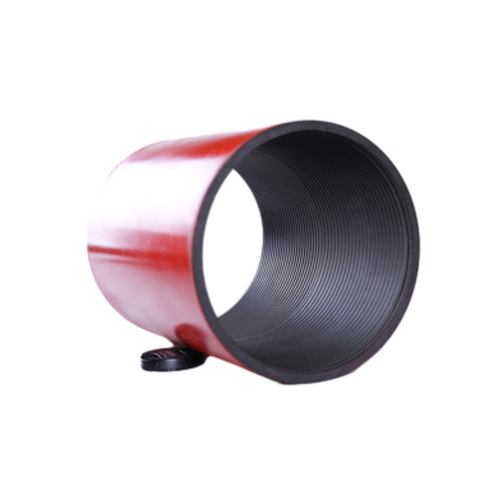- Afrikaans
- Albanian
- Amharic
- Arabic
- Armenian
- Azerbaijani
- Basque
- Belarusian
- Bengali
- Bosnian
- Bulgarian
- Catalan
- Cebuano
- Corsican
- Croatian
- Czech
- Danish
- Dutch
- English
- Esperanto
- Estonian
- Finnish
- French
- Frisian
- Galician
- Georgian
- German
- Greek
- Gujarati
- Haitian Creole
- hausa
- hawaiian
- Hebrew
- Hindi
- Miao
- Hungarian
- Icelandic
- igbo
- Indonesian
- irish
- Italian
- Japanese
- Javanese
- Kannada
- kazakh
- Khmer
- Rwandese
- Korean
- Kurdish
- Kyrgyz
- Lao
- Latin
- Latvian
- Lithuanian
- Luxembourgish
- Macedonian
- Malgashi
- Malay
- Malayalam
- Maltese
- Maori
- Marathi
- Mongolian
- Myanmar
- Nepali
- Norwegian
- Norwegian
- Occitan
- Pashto
- Persian
- Polish
- Portuguese
- Punjabi
- Romanian
- Russian
- Samoan
- Scottish Gaelic
- Serbian
- Sesotho
- Shona
- Sindhi
- Sinhala
- Slovak
- Slovenian
- Somali
- Spanish
- Sundanese
- Swahili
- Swedish
- Tagalog
- Tajik
- Tamil
- Tatar
- Telugu
- Thai
- Turkish
- Turkmen
- Ukrainian
- Urdu
- Uighur
- Uzbek
- Vietnamese
- Welsh
- Bantu
- Yiddish
- Yoruba
- Zulu
coupling for tubing
Understanding Coupling for Tubing A Comprehensive Overview
In the realm of oil and gas extraction, the efficiency and reliability of tubing systems are paramount. One critical component that contributes to this efficiency is the coupling. Couplings serve as the connections between sections of tubing, and their importance cannot be overstated. This article explores the various aspects of tubing couplings, including their types, applications, and considerations for selection.
What is a Coupling?
A coupling is a device used to connect two sections of tubing. In the context of oil and gas industries, couplings are essential for linking lengths of pipe that transport fluids from wells to the surface. Given the high-pressure environments and the need for robust performance, couplings must be designed to withstand significant forces while ensuring a leak-proof connection.
Types of Couplings
There are several types of couplings utilized in tubing applications. The most common types include
1. Threaded Couplings These couplings have male and female threads that allow for easy connection and disconnection of tubing sections. They are widely used due to their cost-effectiveness and simplicity of use. However, they require precise machining to ensure proper sealing and can be vulnerable to fatigue over time.
2. Welded Couplings This type involves welding the tubing sections together, creating a permanent and robust connection. While welded couplings offer enhanced strength and durability, they make it challenging to disassemble the tubing for maintenance or replacement.
3. Slip-type Couplings Slip couplings allow for slight adjustments once installed, providing a balance between flexibility and strength. They are often used in applications where thermal expansion or ground movement might occur.
4. Flanged Couplings These involve connecting tubing sections with flanges and bolts, providing a strong and easily serviceable union. Flanged couplings are typically used in high-pressure applications where maintenance is crucial.
5. Compression Couplings These connect tubing by compressing a sleeve around the joint, providing a strong, leak-proof seal. They're often used in smaller pipes or where space is at a premium.
coupling for tubing

Applications of Tubing Couplings
Couplings are utilized in a wide variety of applications, particularly in the oil and gas sector. They connect different lengths of tubing that transport hydrocarbons from extraction points to processing facilities and ultimately to refineries. Additionally, couplings are employed in drilling operations, water supply systems, and chemical processing plants.
In offshore drilling, for example, specialized couplings are crucial to ensure that the connections can withstand the harsh marine environment. Similarly, in geothermal energy applications, couplings must be designed to resist corrosion and withstand elevated temperatures.
Selecting the Right Coupling
Choosing the appropriate coupling for a specific application involves considering several factors
1. Material Compatibility Different environments may require couplings made from varied materials to resist corrosion, temperature changes, and pressure fluctuations. Common materials include carbon steel, stainless steel, and specialized alloys.
2. Pressure Ratings Each coupling must be rated for the maximum pressure it will encounter during operation. It’s vital to ensure that the chosen coupling can withstand the expected pressures without failure.
3. Ease of Maintenance For applications where frequent maintenance is necessary, selecting couplings that allow for easy disassembly and reassembly is crucial.
4. Environmental Conditions The specific conditions under which the tubing will operate, including temperature, potential for corrosion, and exposure to chemicals, should guide the selection process.
Conclusion
In conclusion, couplings play an essential role in the integrity and efficiency of tubing systems in the oil, gas, and other industries. Understanding the types of couplings available and their respective applications ensures that engineers and technicians can make informed decisions that enhance safety and performance. By carefully considering the material, pressure ratings, maintenance ease, and environmental conditions, one can select the optimal coupling necessary for their specific needs. As industries continue to evolve, the role of couplings will remain a critical element in the reliability of tubing systems worldwide.
-
Tubing Pup Joints: Essential Components for Oil and Gas OperationsNewsJul.10,2025
-
Pup Joints: Essential Components for Reliable Drilling OperationsNewsJul.10,2025
-
Pipe Couplings: Connecting Your World EfficientlyNewsJul.10,2025
-
Mastering Oilfield Operations with Quality Tubing and CasingNewsJul.10,2025
-
High-Quality Casing Couplings for Every NeedNewsJul.10,2025
-
Boost Your Drilling Efficiency with Premium Crossover Tools & Seating NipplesNewsJul.10,2025







